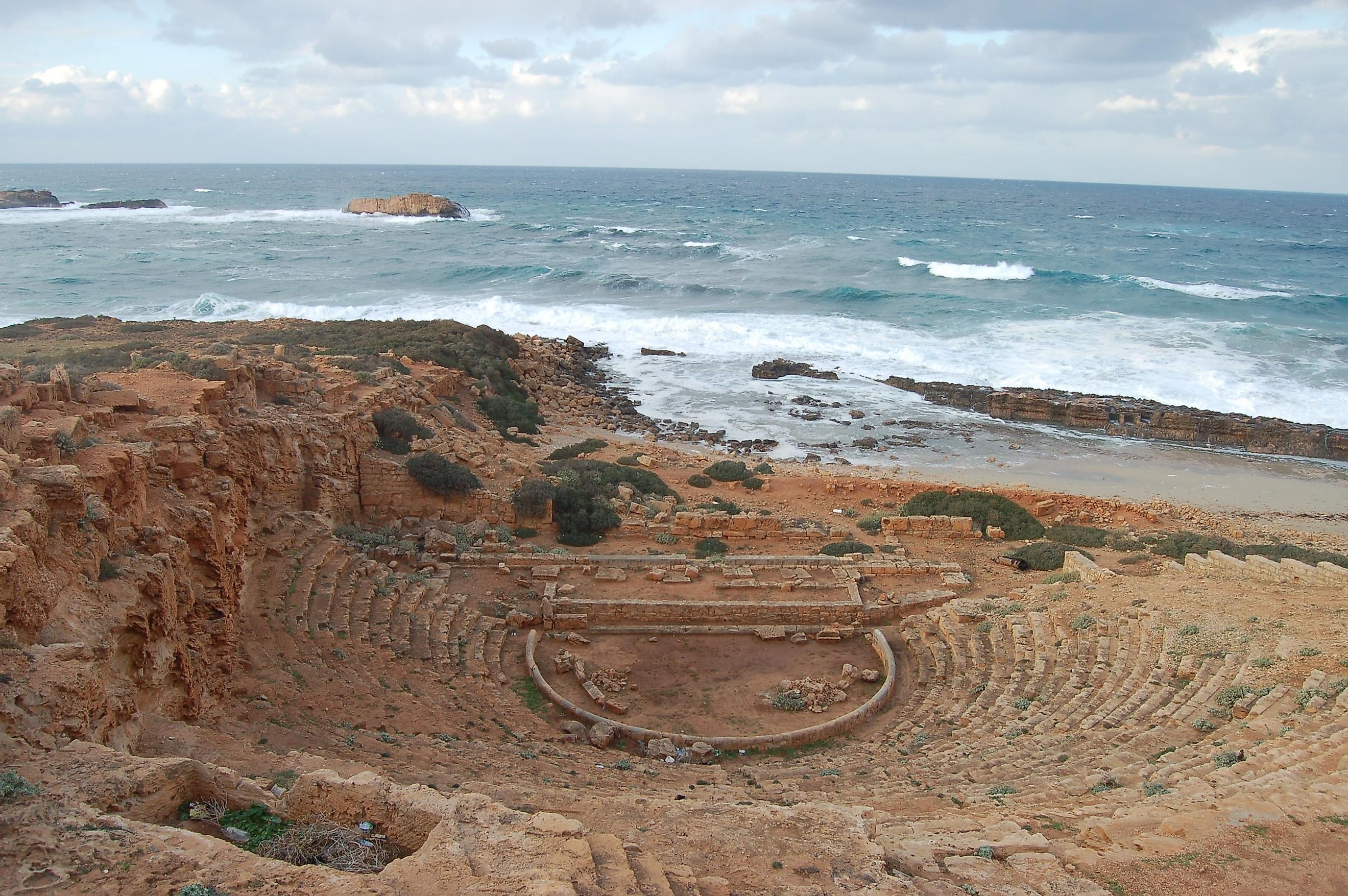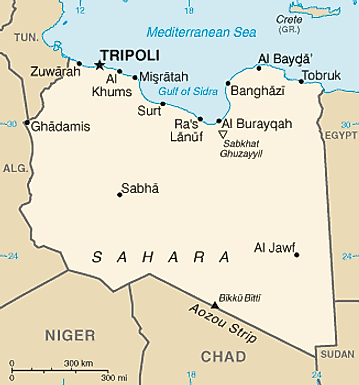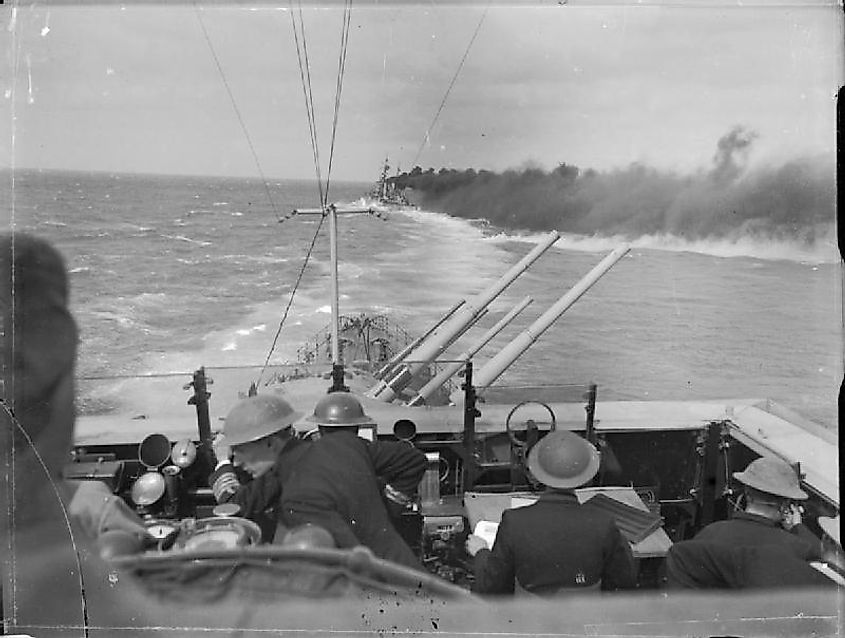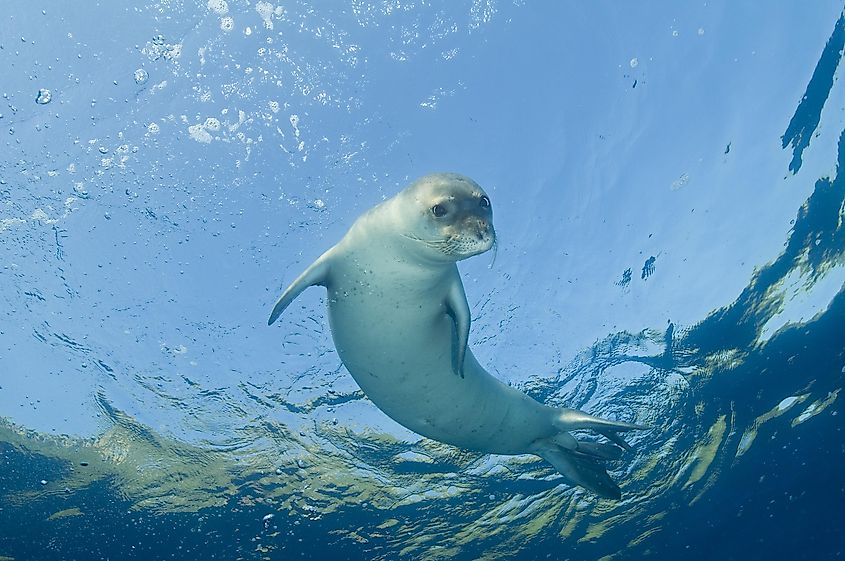
Gulf of Sidra
A body of water is a gulf when it acts as an inlet for an ocean or sea while landmasses surround it. In the case of the Gulf of Sidra, these requirements are met. So, as it covers a sizeable area, the Gulf has impacted history due to its unique climate, geography, and the various animal and plant species that populate the region.
Geography

The Gulf, also known as the Gulf of Sirte, is located along the northern coast of Africa. This Mediterranean coastal region is situated off of Libya, forming an indentation in the coastline between the two prominent headlands: the westernmost point of Misrata and the easternmost point of Benghazi. This body of water extends approximately 130 miles in length and reaches a maximum width of 300 miles.
To the west, near Misrata, the coastline is marked by a series of low-lying coastal plains and salt marshes. This area is also characterized by the presence of several large wadis, or dry riverbeds, that occasionally fill with water during rare precipitation events. The southern portion of the Gulf, near Ras al-Unuf, is occupied by a series of coastal beaches and plains. Moving eastward along the coast, the landscape transitions into a more elevated and rocky terrain. This area is eventually dominated by the Al-Jabal al-Akhdar (Green Mountain) range, which runs parallel to the northeastern shoreline and reaches heights of up to 2,837 feet above sea level. Notably, the Gulf of Sidra has no fringe of islands present.
Climate
The climate of the Gulf of Sidra region can be characterized as desert, with hot, dry summers and mild, wetter winters. The Mediterranean Sea's influence tempers the climate, preventing it from becoming as extreme as the adjacent Sahara Desert. Precipitation is minimal and sporadic, with the majority of this precipitation occurring during the winter months, typically between November and February. This limited rainfall contributes to the sparse vegetation and reinforces the arid nature of the landscape. Additionally, the region is often subject to strong winds, particularly from the northwest, known as a ghibli.
History

The Gulf of Sidra's geography has played a critical role in its economic and strategic importance: throughout history, it has served as a crucial navigational passage for shipping routes, as it connects the African continent to the Mediterranean's open waters, as well as the Atlantic Ocean through the Strait of Gibraltar. Its shallow depths and proximity to the North African coast have also made it essential for fishing.
The Gulf's significance can be traced back to the ancient Greeks, who founded the city of Cyrene along its eastern shores in the 7th century BCE. This city became a vital center of trade and culture, connecting the Mediterranean world with the African interior. During the Roman Empire, the region surrounding the Gulf of Sidra thrived, particularly the prosperous city of Leptis Magna. The area's prominence continued through the Byzantine period and into the Islamic era, when it became a key asset of the Muslim Caliphate. More recently, the Gulf of Sidra has been associated with the modern state of Libya, which gained independence in 1951. The discovery of significant oil reserves in the latter half of the 20th century transformed the region's economy, and the Gulf's waters became a crucial maritime route for the export of Libyan oil.
Flora And Fauna
Along the coastline, sand dunes give way to patches of coastal vegetation, primarily composed of salt-tolerant plants such as Salicornia and Salsola. These halophytic species provide essential habitats for a variety of bird species, including the greater flamingo and several types of migratory shorebirds.

Offshore, the warm waters of the Gulf support coral reefs, seagrass beds, and underwater caves that provide shelter and feeding grounds for a myriad of, including the porbeagle shark, the shortfin mako shark, the Maltese ray, and the giant devil ray. The Mediterranean monk seal, an endangered species, can also be found in the Gulf, taking refuge in the numerous caves and rocky outcrops that dot the coastline. Sea turtles, such as the loggerhead and green turtle, nest on the sandy beaches, while dolphins and porpoises are regular visitors to the Gulf's waters.
The Gulf of Sidra has played a critical role in shaping the history, geography, and ecosystems of the surrounding region. Its strategic location, diverse flora and fauna, and semi-arid climate have contributed to its importance over time. From ancient civilizations to modern-day Libya, the Gulf of Sidra continues to be a vital economic and navigational passage that connects the African continent with the Mediterranean Sea and, thus, the rest of the world. Additionally, its varied biodiversity and marine life make it a crucial habitat for numerous species, highlighting a fascinating intersection of Mediterranean and desert ecosystems.










